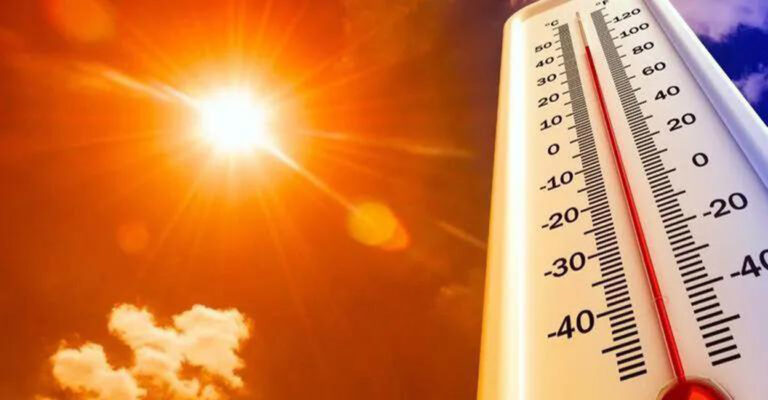The findings, published Friday in Science Advances, said climate change is significantly slowing the rate of heat waves and exposing humans to extreme temperatures for longer than ever before.
Previous research has shown that climate change is causing heat waves to last longer, more often and become more intense, but a new paper shows that heat waves move along air currents, similar to storms. They differ in that they are treated as distinct weather patterns.
Researchers found that heat waves slowed by an average of 5 miles per hour (8 kilometers) per day in each decade from 1979 to 2020.
“Slower heat waves mean the heat can stay in the area longer, potentially impacting local communities,” lead author Wei Zhang from Utah State University told AFP. “It will be,” he said.
The researchers divided the world into three-dimensional grid cells and defined a heat wave as a 1 million square kilometer zone where temperatures are at least the 95th percentile of the region's historical maximum temperature. They then measured its movement over time to determine how fast the hot air was moving.
They also used climate models to determine what outcomes would be in the absence of human-induced climate change and found that human factors loomed large. “It's very clear to us that the dominant factor explaining this trend is anthropogenic forcing, or greenhouse gases,” Zhang said.
This change has accelerated especially since 1997, and in addition to human causes, weakening of upper atmospheric circulation may also be playing a role, the paper said. The duration of heat waves also increased from an average of eight days at the beginning of the study to 12 days in the last five years of the study period.
“This result shows that as greenhouse gases continue to rise and unless effective mitigation measures are taken, longer-travelling, slower-moving large-scale successive heat waves will become more devastating to natural and social systems in the future. “This suggests that this may lead to negative effects,” the authors write.
Zhang said he was concerned about the disproportionate impact on developing regions. “In particular, cities that don't have enough green infrastructure or cooling centers for some people, especially the disadvantaged, are going to be very dangerous,” he warned.


